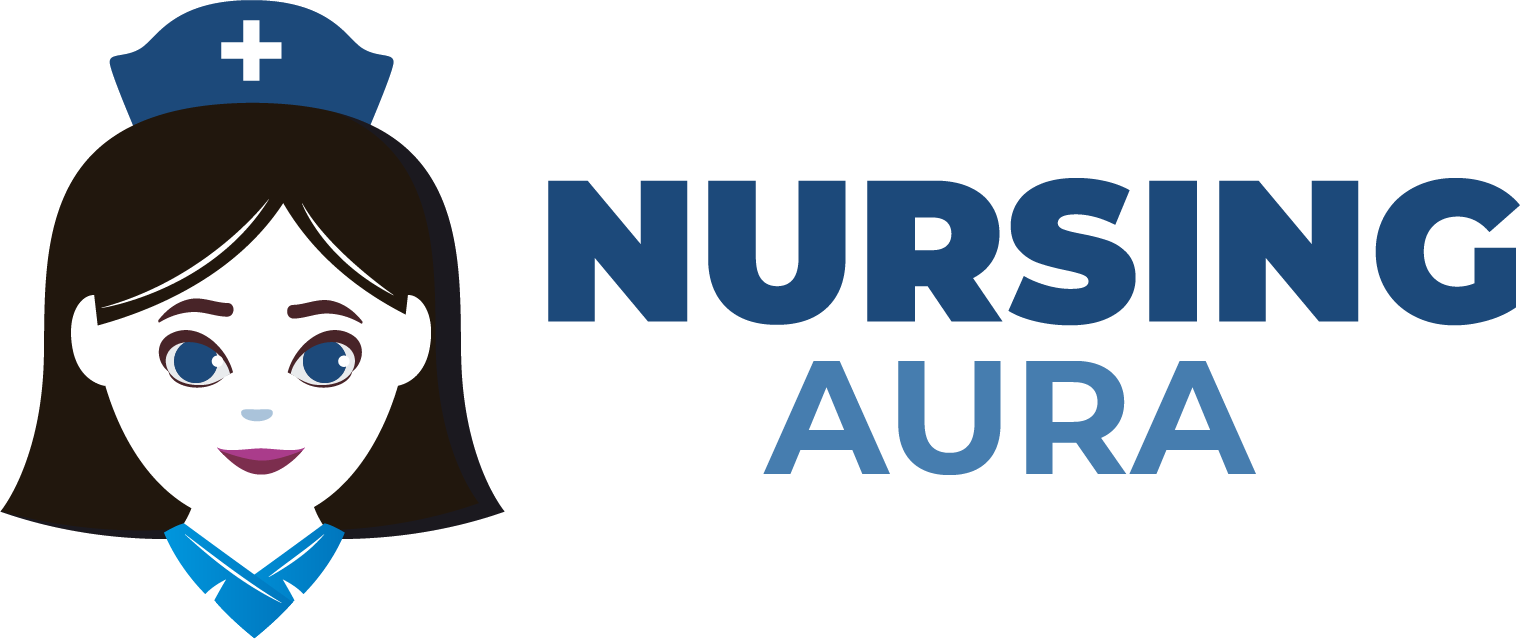Nursing involves several tasks in two modes: autonomous and collaborative. These nursing care delivery models are crucial to global healthcare systems, each with pros and cons. To improve quality, efficiency, and effectiveness, healthcare professionals, policymakers, and patients must understand autonomous and collaborative nursing practice.
RNs without medical supervision provide independent nursing care. In this practice paradigm, nurses assess patient needs, create care plans, execute interventions, and assess results. Independent practice lets nurses use clinical competence and critical thinking to make decisions and provide care. This is used by outpatient, home healthcare, and advanced practice nurses and anesthetists. Patient health is typically managed by independent nurses.
Nurses provide healthcare alongside doctors, pharmacists, physical therapists, and others, unlike collaborative practice. Multidisciplinary teamwork enhances patient care via communication and expertise. Skills-based collaborative nurses design, implement, and evaluate care. Complete hospital patient care requires numerous healthcare professionals in complex situations. Collaborative practice says a diversified team of specialists provides the best treatment.
Finally, healthcare staff and stakeholders must comprehend autonomous and collaborative nursing to improve patient care. Independent practice gives nurses autonomy, whereas collaborative practice provides full care via teamwork and multidisciplinary participation. Healthcare settings, patient demographics, and concerns determine the practice model. Quality healthcare and patient outcomes need autonomous and collaborative nursing.
|
S.No. |
Aspects |
Independent Nursing Practice |
Collaborative Practice |
|
1. |
Decision-making |
Autonomous decision-making within scope |
Joint decision-making with other healthcare professionals |
|
2. |
Responsibility |
Sole responsibility for patient care |
Shared responsibility for patient care |
|
3. |
Scope of practice |
Full range of nursing services |
Integrated services with other professionals |
|
4. |
Accountability |
Individual accountability for outcomes |
Shared accountability for outcomes |
|
5. |
Oversight |
No direct oversight required |
Oversight by a multidisciplinary team |
|
6. |
Specialization |
Specialized nursing focus |
Cross-specialization and interdisciplinary focus |
|
7. |
Referrals |
Autonomy in patient referrals |
Collaborative decision-making for referrals |
|
8. |
Patient interaction |
Primary point of contact for patients |
Team-based patient interaction |
|
9. |
Case management |
Sole responsibility for case management |
Shared case management responsibilities |
|
10. |
Documentation |
Individual patient documentation |
Shared documentation and records |
|
11. |
Resource utilization |
Independent resource management |
Collaborative resource sharing and allocation |
|
12. |
Legal implications |
Individual legal implications for decisions |
Shared legal implications for decisions |
|
13. |
Team dynamics |
Limited interaction with other professionals |
Active engagement with diverse professionals |
|
14. |
Continuous education |
Personal nursing education and development |
Interprofessional learning and development opportunities |
|
15. |
Consultation |
Self-reliant in clinical consultations |
Participates in interdisciplinary consultations |
|
16. |
Professional networking |
Limited professional networking beyond nursing |
Extensive networking with diverse healthcare professionals |
|
17. |
Conflict resolution |
Independent conflict resolution strategies |
Collaborative conflict resolution approaches |
|
18. |
Patient advocacy |
Individual patient advocacy efforts |
Joint patient advocacy efforts with other professionals |
|
19. |
Care plan development |
Independent care plan development |
Collaborative care plan development with the team |
|
20. |
Care continuity |
Sole responsibility for ensuring continuity |
Shared responsibility for ensuring continuity |
|
21. |
Continuity of care |
Individual focus on patient care continuum |
Integrated approach to patient care continuum |
|
22. |
Interdisciplinary communication |
Limited communication with other disciplines |
Active communication and collaboration with diverse disciplines |
|
23. |
Holistic approach |
Comprehensive, interdisciplinary holistic approach |
|
|
24. |
Complexity of cases handled |
Handles relatively straightforward cases |
Manages complex cases with the help of the team |
|
25. |
Resource autonomy |
Autonomy in resource allocation |
Involvement in collaborative resource decision-making |
|
26. |
Patient education |
Independent patient education efforts |
Collaborative patient education initiatives |
|
27. |
Professional boundaries |
Clearly defined nursing professional boundaries |
Fluid professional boundaries with other disciplines |
|
28. |
Quality assurance |
Personal quality assurance efforts |
Participates in collaborative quality assurance measures |
|
29. |
Leadership roles |
Limited leadership roles within nursing |
Engages in shared leadership roles within the team |
|
30. |
Initiative-taking |
Self-initiated actions within nursing scope |
Participates in shared initiatives within the healthcare team |
|
31. |
Shared goals |
Individual patient-focused goals |
Shared patient-centered goals with other professionals |
|
32. |
Communication approach |
Independent communication with patients |
Collaborative communication within the team and with patients |
|
33. |
Policy adherence |
Adheres to nursing-specific policies |
Adheres to interprofessional policies and protocols |
|
34. |
Ethical decision-making |
Independent ethical decision-making |
Participates in ethical decision-making as part of a team |
|
35. |
Advocacy approach |
Personal advocacy approach for patients |
Collaborative advocacy approach with the team |
|
36. |
Conflict of interest |
Personal conflict of interest considerations |
Manages conflicts of interest within the interdisciplinary team |
|
37. |
Patient-centered care |
Nursing-focused patient-centered care |
Interdisciplinary patient-centered care approach |
|
38. |
Innovation |
Independent nursing-focused innovations |
Participates in interdisciplinary innovative practices |
|
39. |
Multidimensional assessments |
Conducts nursing-specific assessments |
Participates in comprehensive multidisciplinary assessments |
|
40. |
Patient outcomes |
Individual nursing-driven patient outcomes |
Collaborative team-driven patient outcomes |
|
41. |
Advocacy for nursing profession |
Advocates for nursing profession autonomously |
Collaborates in advocacy efforts for the healthcare profession as a whole |
Frequently Asked Questions (FAQs)
Q1. Why is autonomous nursing practice distinct from collaborative?
Collaboration and autonomy distinguish independent nursing practice from collaborative practice. RNs can choose and implement interventions without medical supervision. Collaboration emphasizes interdisciplinary teamwork when nurses work with other experts to offer comprehensive care.
Q2. What is typical independent nursing time?
Where nurses can care for patients alone, independent nursing practice is common. Examples: outpatient clinics, home healthcare, and nurse practitioners. Independent practitioners evaluate patients, and plan, and provide treatments.
Q3. In which healthcare contexts is collaboration most common?
For complex situations needing several healthcare professionals, hospitals often collaborate. Hospital nurses collaborate with doctors, pharmacists, physical therapists, and others to treat patients. It recognizes that collaboration and interdisciplinary expertise are optimal for healthcare.
Q4. Why does autonomous nursing help?
Independent nursing practice allows nurses more autonomy, faster decision-making, and patient care flexibility. It allows nurses to make autonomous care decisions using clinical experience and critical thinking, increasing patient outcomes and efficiency.
Q5. What are collaborative nursing's benefits?
Communication, coordination, patient safety, and comprehensive care increase with collaborative nursing. Nursing teams improve decision-making and patient care by drawing on diverse experiences.

